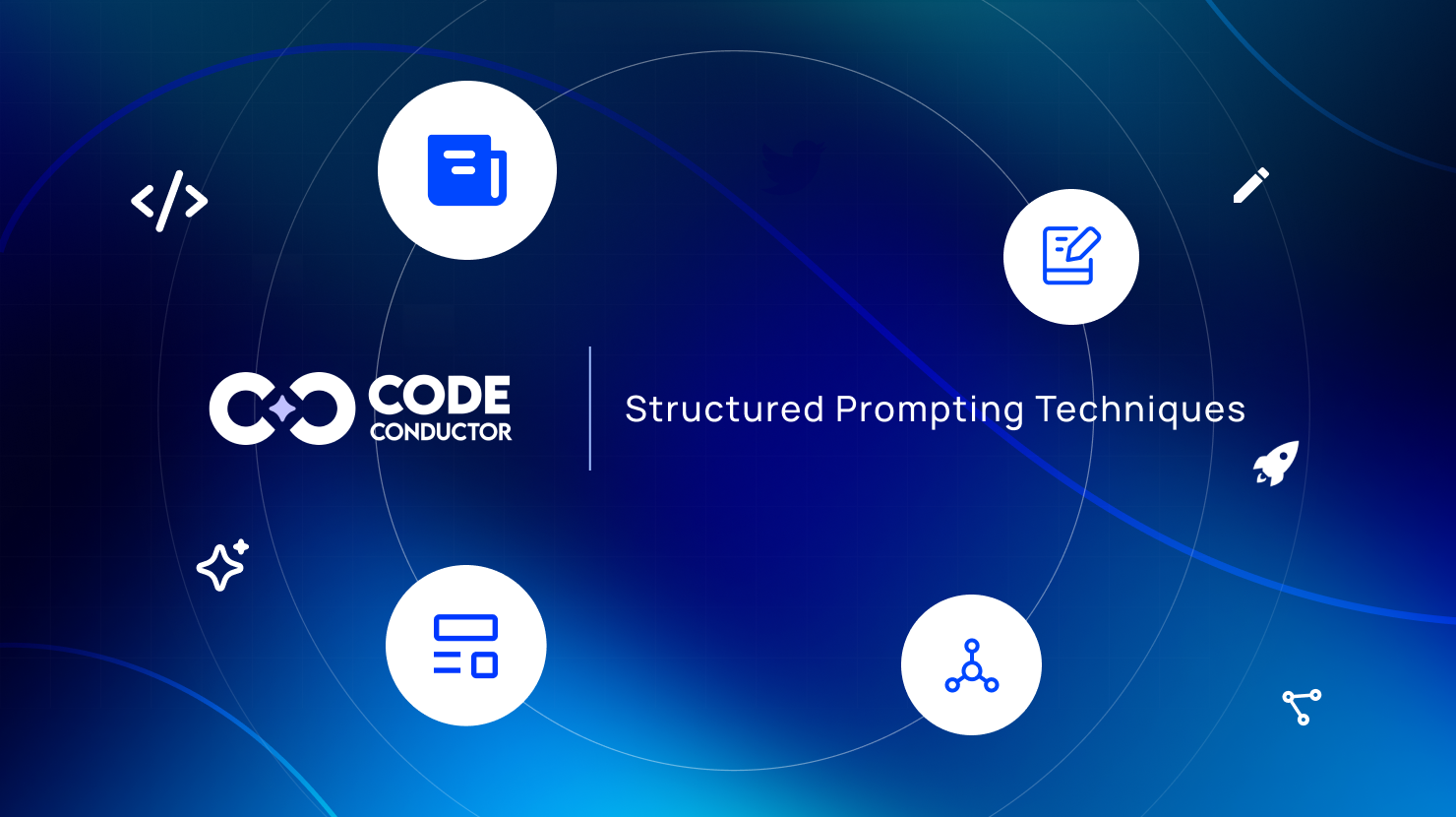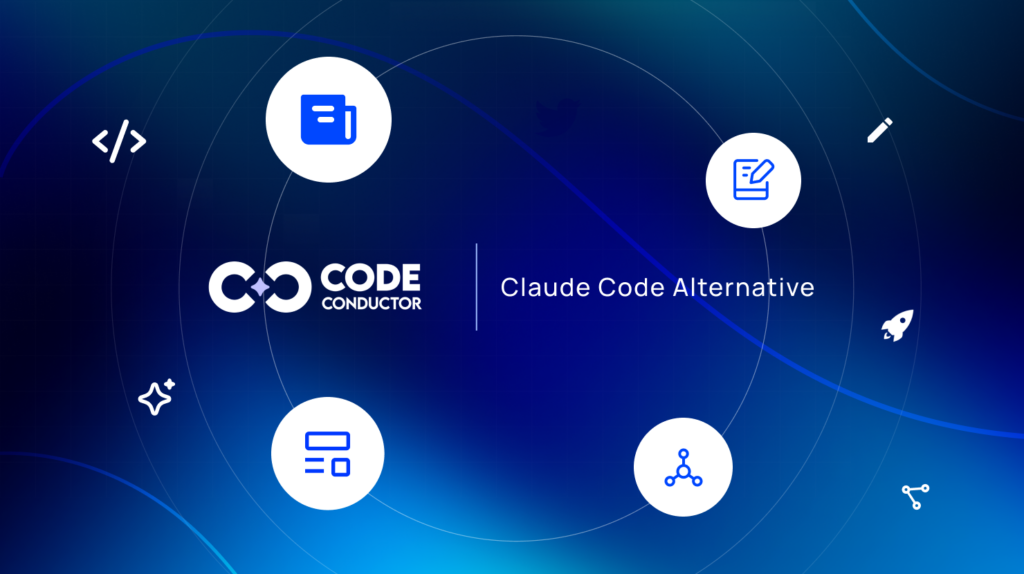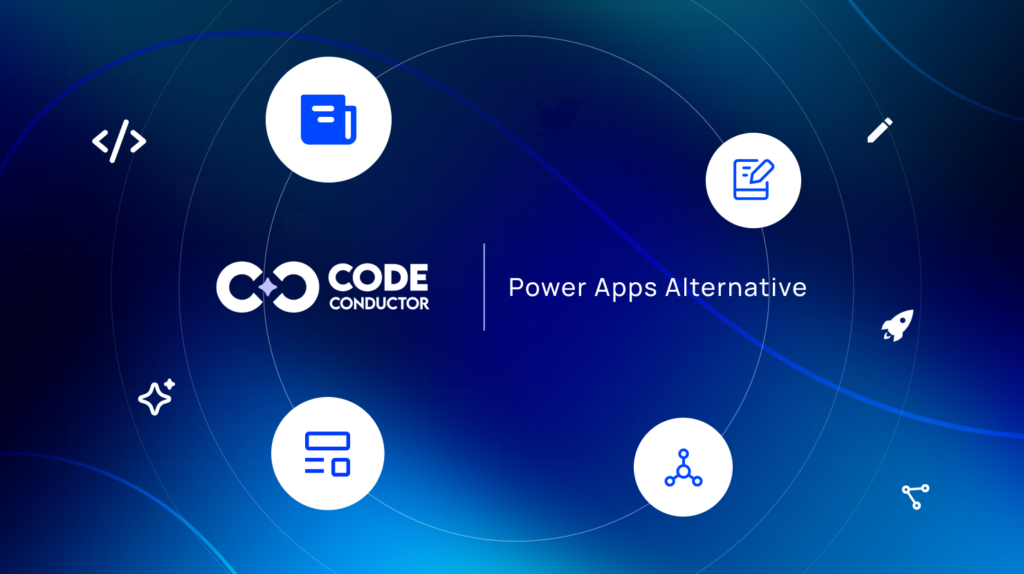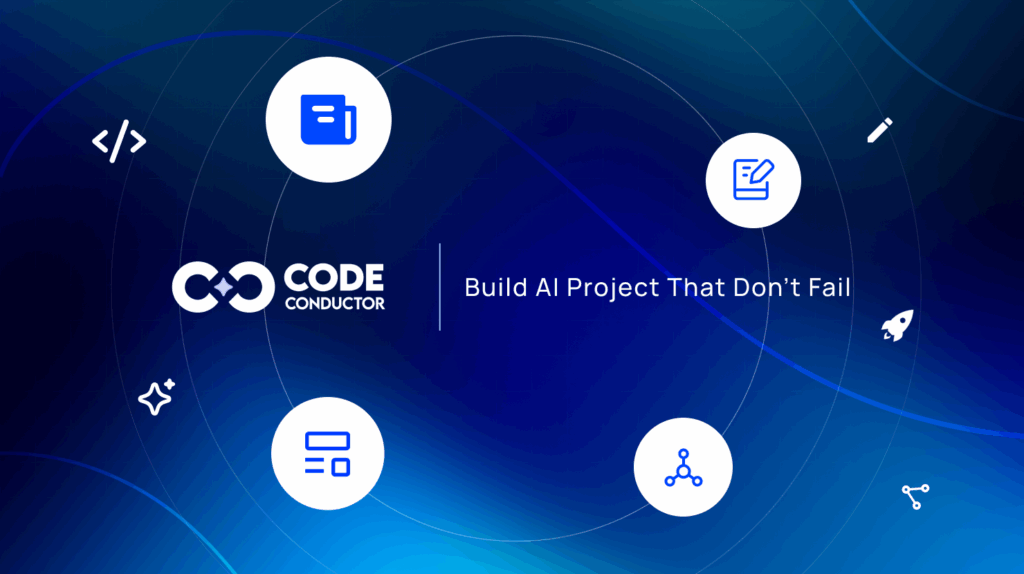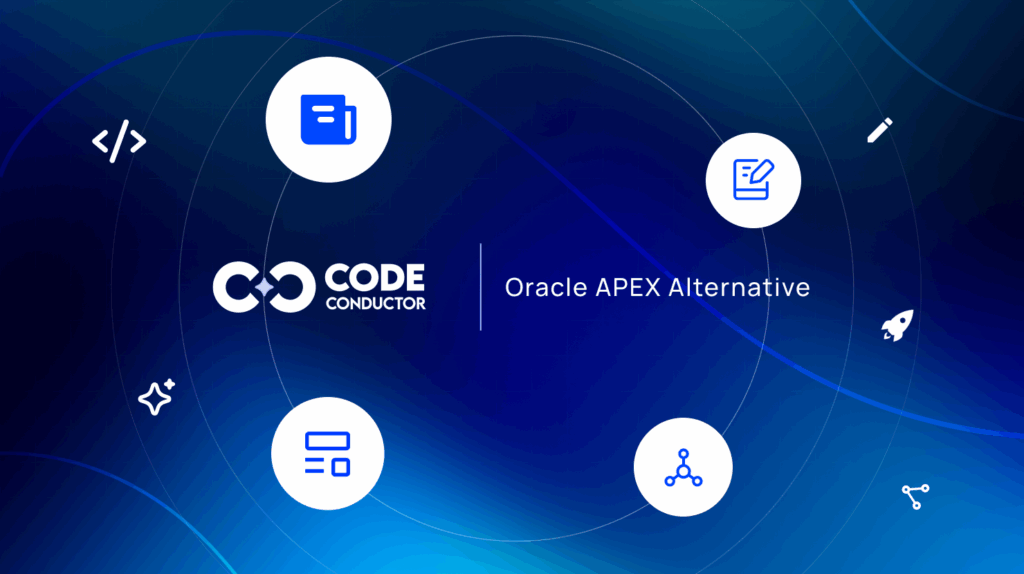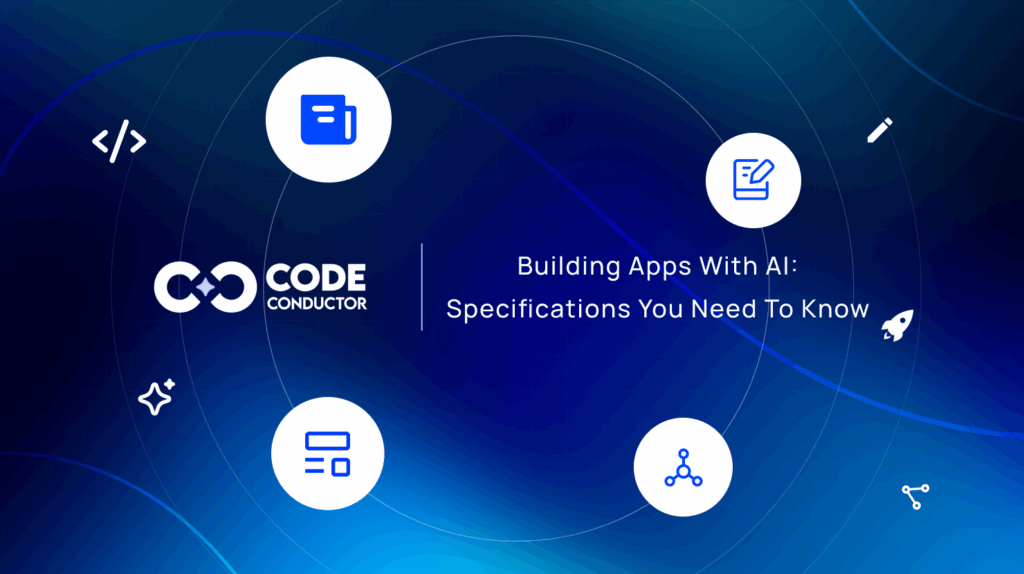In the era of Large Language Models (LLMs) like ChatGPT, Claude, and other AI systems, the art of prompt engineering has evolved from simple question-asking into a strategic discipline. At its core, prompt engineering is about shaping inputs in a way that maximizes the clarity, relevance, and accuracy of an AI model’s response.
One of the most effective approaches emerging in this field is structured prompting — a technique that uses defined formats, tags, or schemas to organize instructions, context, and desired outputs. Unlike freeform prompts, which can leave room for misinterpretation, structured prompts guide the model with precision. This is especially crucial in enterprise applications, retrieval-augmented generation (RAG), automation workflows, and scenarios where output formatting matters.
Among the various structured methods, XML prompting and JSON prompting stand out as powerful, practical formats. They not only improve output consistency and parseability, but also align naturally with how LLMs have been trained to process semi-structured data.
In this guide, we’ll explore what structured prompting really means, how XML and JSON prompting work, why they’re effective, and when to use each — complete with real-world examples and use cases.
In This Post
What is Structured Prompting?
Structured prompting is a technique in prompt engineering that uses defined, often machine-readable formats—like XML or JSON—to organize a prompt’s components. Rather than feeding a language model an open-ended question or loosely written instruction, structured prompts provide a clear, formatted schema that separates the task definition, context, and expected output.
This format is particularly useful when working with Large Language Models (LLMs) such as GPT‑4 or Claude, which have been trained on vast amounts of structured data, including code, markup, and documents. By aligning with their training data structure, structured prompts reduce the cognitive ambiguity the model might encounter, resulting in more accurate, deterministic, and interpretable outputs.
At its core, structured prompting serves three main goals:
- Clarity – Clearly define instructions and task parameters
- Consistency – Guide the LLM to return predictable formats
- Parseability – Make outputs easier to consume, extract, or validate
Unlike casual or freeform prompting, where the model must infer the structure of a task from natural language cues, structured prompting explicitly defines the layout—enabling models to better “understand” the task and reduce the risk of hallucination, misclassification, or formatting errors.
In the sections ahead, we’ll explore how two dominant formats—XML prompting and JSON prompting—are shaping how developers and AI practitioners build reliable, production-ready interactions with LLMs.
Structured Prompting Techniques
As language models become more capable and context-sensitive, the way we design prompts must also evolve. Structured prompting techniques go beyond casual instructions—they define how tasks are communicated to the model using repeatable, format-driven patterns. These techniques make prompts more interpretable for machines and consistent for end-users.
Below are the most widely adopted structured prompting methods used by developers, researchers, and AI professionals:
1. Instruction-Based Prompting
This is the foundation of all prompting. You clearly state the task, such as:
Summarize the following article in three bullet points.
While not highly structured, clarity of intent is essential and sets the stage for more advanced techniques.
2. Few-Shot Prompting
This technique includes examples of the task within the prompt to help the model generalize. It typically follows a pattern:
Input: What's the capital of France? Output: Paris Input: What's the capital of Germany? Output: Berlin Input: What's the capital of Italy? Output: Rome
Few-shot prompts create internal structure through repeated patterns, reinforcing the task logic.
3. Chain-of-Thought (CoT) Prompting
Here, reasoning steps are made explicit. This structured form is ideal for logic, math, or multi-step problems:
Question: If there are 3 apples and you eat 2, how many are left? Let's think step by step. Step 1: Start with 3 apples. Step 2: Subtract 2 apples. Answer: 1 apple
By guiding the model through intermediate reasoning, CoT prompts improve answer reliability.
4. Role-Based Prompting
This technique structures prompts by assigning a specific role to the model, such as:
You are a professional medical consultant. Based on the symptoms below, provide advice.
When combined with XML or JSON formats, role-based prompting becomes even more robust.
5. Function-Call or Schema-Guided Prompting
Used heavily in production environments (e.g. OpenAI’s function-calling APIs), this method structures output in a fixed schema—typically JSON—so it can be reliably parsed or executed by downstream systems.
6. XML and JSON Prompting
These are among the most powerful structured techniques. Both formats use markup or data structure to enforce clarity between different parts of a prompt:
- XML: <instruction>, <input>, <response>
- JSON: { “instruction”: “…”, “input”: “…”, “format”: “…” }
We’ll explore both of these in depth in the following sections.
Structured prompting techniques are not just about formatting—they fundamentally improve the accuracy, interpretability, and automation potential of AI systems. Whether you’re building prompts for experimentation, production, or fine-tuning, mastering these techniques is key to getting consistent, useful outputs from large language models.
Overview of XML and JSON Prompting
Among the many techniques used in structured prompting, XML prompting and JSON prompting stand out for their precision, flexibility, and alignment with how large language models (LLMs) interpret structured inputs. Both formats act as scaffolds that organize a prompt’s key components—like instructions, context, and expected output—into well-defined segments.
These two formats are especially effective when your goal is to reduce ambiguity, guide the model toward consistent formatting, or enable automated output parsing in downstream applications.
XML Prompting: Markup-Based Structure
XML prompting uses a tag-based syntax to define sections within the prompt. Tags such as <instruction>, <input>, and <response> help models visually and semantically separate parts of the task. For example:
<instruction>Summarize the following paragraph.</instruction> <input>Climate change refers to long-term shifts in temperatures...</input> <output_format>Bullet points</output_format>
This format is especially favored by Claude (Anthropic) and other LLMs designed to handle nested or hierarchical prompt structures. It offers clarity and modularity, making it easy for both humans and models to interpret.
JSON Prompting: Key-Value Precision
JSON prompting uses key-value pairs to define the structure of a prompt. It’s widely used in coding environments, APIs, and platforms like OpenAI’s function-calling system. A basic JSON prompt might look like:
{ "task": "extract_entities", "text": "Barack Obama was born in Hawaii." }
JSON is ideal for structured output enforcement, enabling developers to automatically parse and validate the model’s response. Its compatibility with programming languages and tools makes it a top choice for integrating LLMs into production systems.
XML vs. JSON: Complementary Strengths
While both formats offer structure, they shine in different contexts:
- XML is more human-readable and suited for instructional or nested content
- JSON is more code-friendly and suited for data extraction, classification, or automation
As we dive deeper into each method in the next sections, you’ll see how they operate, when to use them, and the kinds of tasks they enhance most effectively.
Why JSON Prompting is Used
JSON prompting has become a cornerstone in modern prompt engineering, especially for developers building structured workflows with large language models (LLMs) like ChatGPT‑4, Claude, Knolli, and other API-integrated systems. By using a key–value format, JSON prompts offer a level of precision and predictability that freeform or even tag-based formats can’t always guarantee.
Benefits of JSON Prompting
1. Machine-Readable by Default
JSON is the native format for many programming languages and APIs. That makes it easy to parse, validate, and process LLM outputs without custom post-processing logic.
2. Highly Structured and Predictable
The key–value structure forces both input and expected output into a consistent schema. This structure reduces ambiguity and improves the model’s ability to follow instructions.
3. Ideal for Function Calling
OpenAI’s function calling interface is built entirely around JSON. Prompts that include fields like {“function”: “get_weather”, “location”: “New York”} enable the model to trigger specific functions with exact arguments.
4. Supports Automated Pipelines
JSON prompts integrate seamlessly into LangChain, RAG pipelines, and custom API stacks where input/output formatting must be tightly controlled.
5. Flexible Yet Minimal
You can structure anything—from a single question to a multi-step reasoning task—using JSON, and easily extend the schema as needed.
Real-World Example: Basic JSON Prompt
{ "instruction": "Extract named entities from the following sentence.", "input": "Barack Obama was born in Hawaii and served as U.S. President.", "output_format": "JSON" }
In this setup, the model clearly sees what the task is (instruction), the source text (input), and the expected format (output_format). This structure dramatically improves output consistency across multiple runs or across different models.
Examples of JSON Prompting
To see the power of JSON prompting in action, let’s walk through real-world examples across different use cases. These examples showcase how structured prompts improve clarity, consistency, and automation-readiness in AI workflows.
Entity Extraction Prompt
{ "task": "extract_entities", "input": "Tesla was founded by Elon Musk and is headquartered in Austin, Texas.", "output_format": { "organizations": [], "persons": [], "locations": [] } }
What it does: The model is explicitly told what entities to extract and how the output should be structured — ideal for integration with NER tools or dashboards.
- Summarization Prompt with Structured Output
{ "instruction": "Summarize the article into three bullet points.", "article": "The global economy is facing several challenges due to inflation, war, and climate change...", "output_format": "bullet_points" }
Why it works: Clear separation of the instruction and the content avoids model confusion and ensures output remains in the desired format.
- Function-Calling Prompt for Weather App
{ "function": "get_weather", "parameters": { "city": "New York", "unit": "Celsius" } }
Use case: Used with OpenAI’s function calling or LangChain tools, this allows direct invocation of tools/services based on model-generated input.
Classification Prompt with Schema
{ "task": "classify_sentiment", "input": "The product exceeded my expectations!", "options": ["positive", "neutral", "negative"] }
Why it matters: This format provides a constrained output space—making it easier to validate model responses or use them in pipelines like customer feedback analysis.
Few-Shot Structured Prompting
{ "examples": [ { "question": "What’s the capital of Germany?", "answer": "Berlin" }, { "question": "What’s the capital of Japan?", "answer": "Tokyo" } ], "question": "What’s the capital of Canada?" }
Advantage: Combines the few-shot technique with JSON structure for training the model within a reusable schema.
These examples demonstrate that JSON prompting is not just about structure—it’s about enforcing reliability. Whether you’re extracting data, generating outputs, or calling APIs, JSON-based prompts give you tighter control over both inputs and expected outputs.
Why XML Prompting is Used?
XML prompting is gaining momentum as a powerful method for building clear, structured, and human-readable prompts—especially in instruction-heavy or multi-step LLM tasks. Rooted in markup language principles, XML prompts organize information into clearly defined tags, helping the model distinguish between instructions, input content, and output expectations.
This structure has proven especially effective in models like Claude (from Anthropic), which are trained to interpret and respond to tag-delimited content more reliably.
Benefits of XML Prompting
- Improves Instruction Clarity: By wrapping content in tags like <instruction>, <input>, and <response>, XML prompts eliminate confusion over what the model is being asked to do. This separation reduces hallucinations and boosts task precision.
- Easier for Humans to Read: Unlike JSON, XML closely resembles natural writing structure. This makes it ideal for long-form, multi-turn, or user-facing prompts where readability is essential.
- Aligns with Document-Like Tasks: When dealing with tasks like summarization, rewriting, or RAG-based querying, XML provides a layout that feels intuitive for both the model and the user.
- Encourages Hierarchical Thinking: XML supports nesting, which means complex tasks can be broken into subcomponents. This is useful in workflows that involve step-by-step reasoning, instruction-following, or output formatting.
Claude’s Advantage with XML Prompts
Anthropic’s Claude model is particularly effective at following XML-style prompts. In fact, their official documentation encourages the use of tags like:
<task>...</task> <example>...</example> <output_format>...</output_format>
The model interprets each tag as a functional component, enabling better alignment with the user’s intent.
XML prompting is not just an aesthetic or formatting preference—it’s a prompt engineering strategy that enhances model behavior, reduces ambiguity, and increases the reliability of structured outputs. In the next section, we’ll explore concrete examples of XML prompting in action.
Examples of XML Prompting
To fully appreciate the clarity and control that XML prompting provides, let’s look at a range of real-world examples that demonstrate how this technique can be used to guide Large Language Models (LLMs) with precision. These examples are particularly well-suited for Claude, GPT -4, Knolli, and similar models that perform well with tag-structured inputs.
1. Basic Instruction + Input Format
<instruction>Summarize the following paragraph in 2–3 bullet points.</instruction> <input>Artificial intelligence is revolutionizing industries such as healthcare, finance, and transportation...</input>
Purpose: Separates the task (<instruction>) from the data (<input>), making it easier for the model to interpret and execute.
2. Multi-Step Reasoning Prompt
<task>Answer the question step by step.</task> <question>What is the square root of 81 multiplied by 2?</question> <reasoning>Let's solve it step-by-step:</reasoning>
Purpose: This structured format supports chain-of-thought prompting in a markup-friendly way, enhancing clarity for stepwise reasoning.
3. RAG / Contextual Prompting Format
<instruction>Answer based only on the information in the document.</instruction> <context>OpenAI was founded in 2015 and is based in San Francisco.</context> <question>When was OpenAI established?</question>
Purpose: Separates external context from the question and instruction, ensuring the model only grounds its answer within a specified information block.
4. Example-Based Prompting (Few-Shot)
<example> <input>Who wrote "Pride and Prejudice"?</input> <output>Jane Austen</output> </example> <example> <input>Who painted the Mona Lisa?</input> <output>Leonardo da Vinci</output> </example> <question>Who developed the theory of relativity?</question>
Purpose: Wraps few-shot examples in <example> tags, creating a repeatable structure that primes the model with the right format and logic.
5. Formatted Output Definition
<instruction>Extract all email addresses and return them as a comma-separated list.</instruction> <text>Contact us at support@example.com, sales@example.com, or hr@example.com</text> <output_format>comma_separated</output_format>
Purpose: Clearly specifies how the response should be structured, improving parseability and downstream processing.
These examples demonstrate that XML prompting is not just about visual structure—it’s about semantic clarity and instruction precision. The combination of hierarchical tags and domain-specific formatting makes XML a robust technique for AI workflows that demand transparency, structure, and reliability.
JSON Prompting: Technique & Use Cases
JSON prompting is one of the most practical and widely adopted techniques in modern prompt engineering, especially when working with structured outputs and API-integrated workflows. JSON’s key–value format aligns naturally with how developers build systems, and it provides Large Language Models (LLMs) with a crystal-clear structure to follow—reducing ambiguity and increasing output reliability.
JSON Prompting Technique: How It Works
At its core, JSON prompting involves wrapping the various parts of your task into a structured schema. This includes:
- “instruction”: What the model should do
- “input”: The data to process
- “output_format”: (Optional) How the response should be returned
- “parameters”: Task-specific arguments for function-like behavior
By defining the task in this way, you’re giving the model a template it can understand and adhere to, improving both consistency and correctness.
Where JSON Prompting Excels
- Function Calling and API Integration: Used extensively by OpenAI’s function-calling and LangChain, JSON prompts allow models to trigger backend logic by generating schema-conformant responses. This bridges the gap between LLMs and executable systems.
- Data Extraction and Labeling: Whether you’re pulling entities, classifying content, or tagging sentiment, JSON prompts make it easy to return outputs in structured formats that downstream systems can consume.
- Automated Evaluation and Grading: In educational or quality control scenarios, JSON enables AI-generated rubrics or scores that can be automatically parsed and validated against a grading script.
- Multi-Tasking and Meta Prompts: You can even nest instructions or handle multiple subtasks within a single JSON object. This makes it scalable and extensible for more complex workflows.
Developer-Friendly Advantages
- Machine-readable: Can be directly parsed by programming languages
- Repeatable: Great for batch processing or iterative loops
- Exportable: JSON structures integrate into data pipelines with minimal transformation
- Reduces ambiguity: Schema limits the possible output formats, making responses easier to test or validate
JSON prompting isn’t just a formatting trick—it’s a powerful prompt engineering framework that brings precision, automation, and interoperability to LLM workflows. It’s especially effective when you need your prompts to work seamlessly with code, tools, or external APIs.
XML Prompting: Technique & Use Cases
XML prompting is a structured prompting technique that uses tag-based markup to segment tasks into readable and interpretable blocks for Large Language Models (LLMs). It’s particularly effective for workflows where clarity, hierarchical logic, or instructional accuracy is critical. By wrapping content in custom XML-style tags, developers and prompt engineers can create reusable, scalable templates that align closely with how models like Claude and GPT‑4 interpret structured data.
XML Prompting Technique: How It Works
XML prompting uses custom tags to label different components of a prompt, such as:
<instruction>Translate the following sentence into Spanish.</instruction> <input>I love learning about artificial intelligence.</input> <output_format>Sentence only</output_format>
Each tag acts like a signal, instructing the LLM to parse and interpret the content in context—helping it better understand what to do, where the data is, and how to respond.
Where XML Prompting Works Best
1. Instructional and Multistage Prompts
When a task involves multiple instructions or nested subtasks, XML tags can separate each clearly. This reduces the cognitive load on the model and ensures every step is followed.
2. Retrieval-Augmented Generation (RAG) Systems
In RAG flows, XML can be used to format the context, query, and expected output:
<context>...</context> <question>...</question> <response>...</response>
This structure improves grounding and guards against hallucinations.
3. Content Rewriting, Summarization, or Formatting
Tag-based input is helpful when working with large text blocks that need to be rewritten, summarized, or cleaned—especially in content pipelines or editorial automation.
4. Prompt Chaining and Dialog Management
XML excels at managing multi-turn interactions where prior responses or steps are referenced using structured formatting.
5. Human-AI Collaboration Interfaces
Because XML is more human-readable than JSON, it’s often used in hybrid tools where human review and editing is part of the process.
Advantages of XML Prompting
- Semantic segmentation: Breaks tasks into logical parts
- Improved model comprehension: Reduces ambiguity in what the model is being asked to do
- Reusability: Can build prompt libraries and swap components easily
- Visual clarity: Easier to scan and debug for both humans and machines
XML prompting is more than a formatting trick—it’s a semantic framework for controlling how LLMs interpret complex tasks. Especially when working with models like Claude, XML allows for deep prompt customization that is both human-friendly and machine-precise.
Conclusion
In today’s landscape of powerful large language models like GPT-4, Claude, and others, achieving consistent, accurate, and interpretable outputs hinges on how we design prompts. Structured prompting—particularly through XML and JSON formats—has emerged as a foundational technique in prompt engineering.
Where JSON prompting excels in machine-readability, automation, and integration with tools like OpenAI’s function-calling or LangChain, XML prompting shines in human-friendly formatting, nested task structuring, and clarity of instruction. Both formats serve distinct purposes but share a common goal: making AI interactions more precise, predictable, and production-ready.
Whether you’re developing advanced workflows, integrating LLMs into apps, or simply looking to improve response quality, structured prompting isn’t optional—it’s essential. By mastering XML and JSON prompting, you’re equipping yourself with the tools to build reliable, scalable, and semantically aligned AI systems.
Start small. Structure your next prompt. And see how a little formatting can lead to dramatically better results.

Founder CodeConductor

